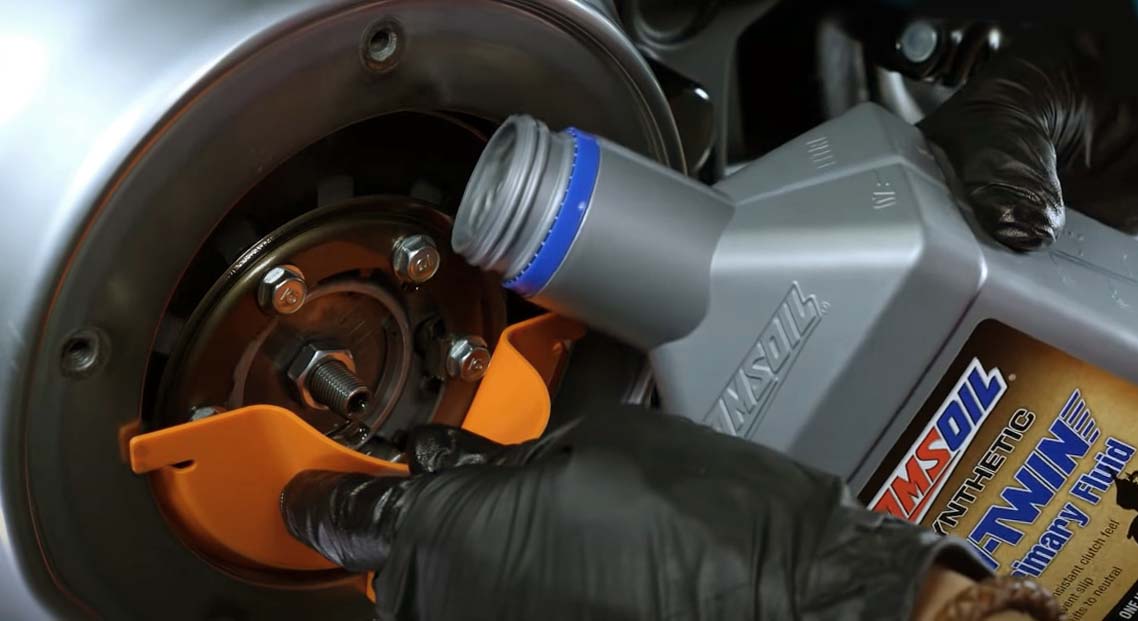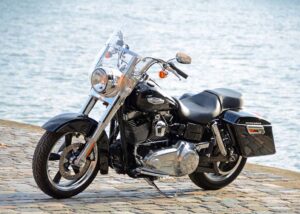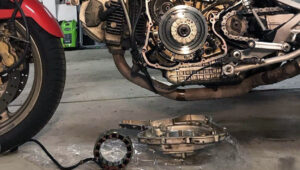Harley-Davidson motorcycles are renowned for their power, performance, and style. Regular maintenance must be performed to ensure that your bicycle runs smoothly and efficiently. It includes providing all the fluids used in your Harley Davidson motorcycle are filled to the correct levels. This article will discuss each of the fluids used in Harley-Davidson motorcycles and provide a comprehensive guide to their respective capacities.
Types of Fluids Used in Harley Davidson Motorcycles
Harley Davidson motorcycles use various fluids: engine oil, transmission fluid, primary case fluid, clutch fluid, fork oil and final drive lubricant. Each of these fluids is designed for a specific purpose and must be checked regularly for optimum performance.
Engine Oil Capacity
The engine oil capacity for Harley Davidson motorcycles depends on the model year, and engine size used. For example, a 2011 Sportster 883 requires 3 quarts (2.8 litres) of engine oil, while an Evolution Big Twin requires 5 quarts (4.7 litres). If you need clarification on the exact type and amount of oil required for your motorcycle model year/engine size, always consult the owner’s manual or contact a qualified Harley Davidson technician.
Transmission Fluid Capacity
The transmission fluid capacity for Harley Davidson motorcycles also depends on the model year, and engine size used. For example, a 2013 Softail Standard requires 4 quarts (3.8 liters) of transmission fluid, while a Twin Cam 103 requires 3 quarts (2.8 liters). Again, if you need clarification on the exact type and amount of oil required for your motorcycle model year/engine size, always consult the owner’s manual or contact a qualified Harley Davidson technician.
Primary Case Fluid Capacity
The primary case fluid capacity for Harley Davidson motorcycles is typically 2 quarts (1.9 liters). However, specific models require more or less depending on their engine size and age, so it’s important to check your owner’s manual to be sure you have the correct amount of oil in your motorcycle’s primary case.

Clutch Fluid Capacity
Harley Davidson motorcycles use DOT 3 brake fluid in their clutch systems and typically require 10 ounces (300 milliliters) of this brake fluid for proper operation. It is important to note that the clutch system should only be filled with DOT 3 brake fluid, as using any other type of fluid can damage the system and compromise its performance.
Fork Oil Capacity
The fork oil capacity for Harley Davidson motorcycles varies depending on the particular model but is typically between 11-17 ounces (325-500 milliliter’s). It is important to note that the specific amount of oil needed for each model should be determined by consulting the owner’s manual or contacting a qualified Harley Davidson technician. Harley Davidson motorcycles are renowned for their power and performance, but they can sometimes suffer from fuel injection problems – here diagnose and ultimately solve any fuel injection issues you may encounter with your Harley.
Final Drive Lubricant Capacity
The final drive lubricant capacity for Harley Davidson motorcycles also varies depending on the model. Most models require between 1/2 pint and one pint (250-500 milliliter’s) of this special lubricant to ensure optimal performance. Using only a high-quality final drive lubricant is important, as using any other type can damage the system and compromise its performance.
In conclusion, it’s essential to maintain all fluids in your Harley Davidson motorcycle at the correct levels to ensure optimal performance. This article provides a comprehensive guide to understanding these fluids and their respective capacities, so you can keep your bike running smoothly and effectively.

